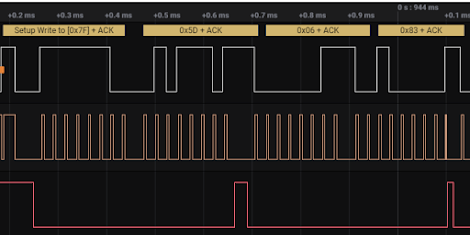Bottle Plotter

Bottle Plotter BottlePlotter.cz I have noticed that, it is quite common in group of small wine producers, that they don't use bottle labels. Usually they just draw some basic info on the bottle with special ( Edding ) paint marker. That is how I got this idea. Everybody can get paper label printed, but what about bottle plotter. CNC that would used paint marker as plotter to plot the label directly on the bottle. And with tool-changer you could also have more colors. I had this idea in my head for some time, but it take me quite long time to do this mental kick-off and start to work on it. Usually, what works for me is that when the mood is right I go outside walking and fully put myself in this trans-like state where I keep iterating on that idea and create first design in my head. But the "mood" was not coming for some time, so once I have found myself forced to drive for 2h alone in car back home. I never tried this while driving, ...





